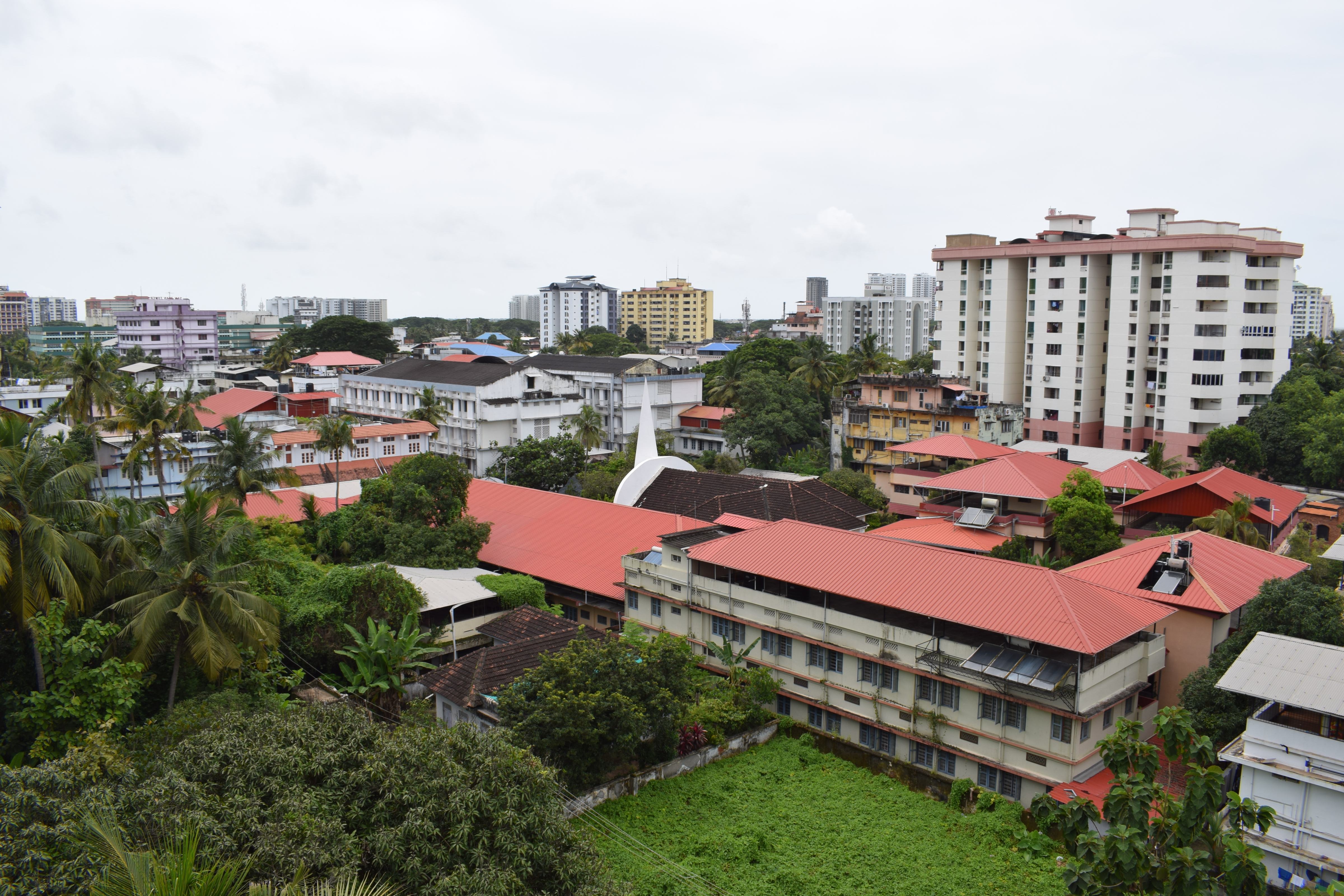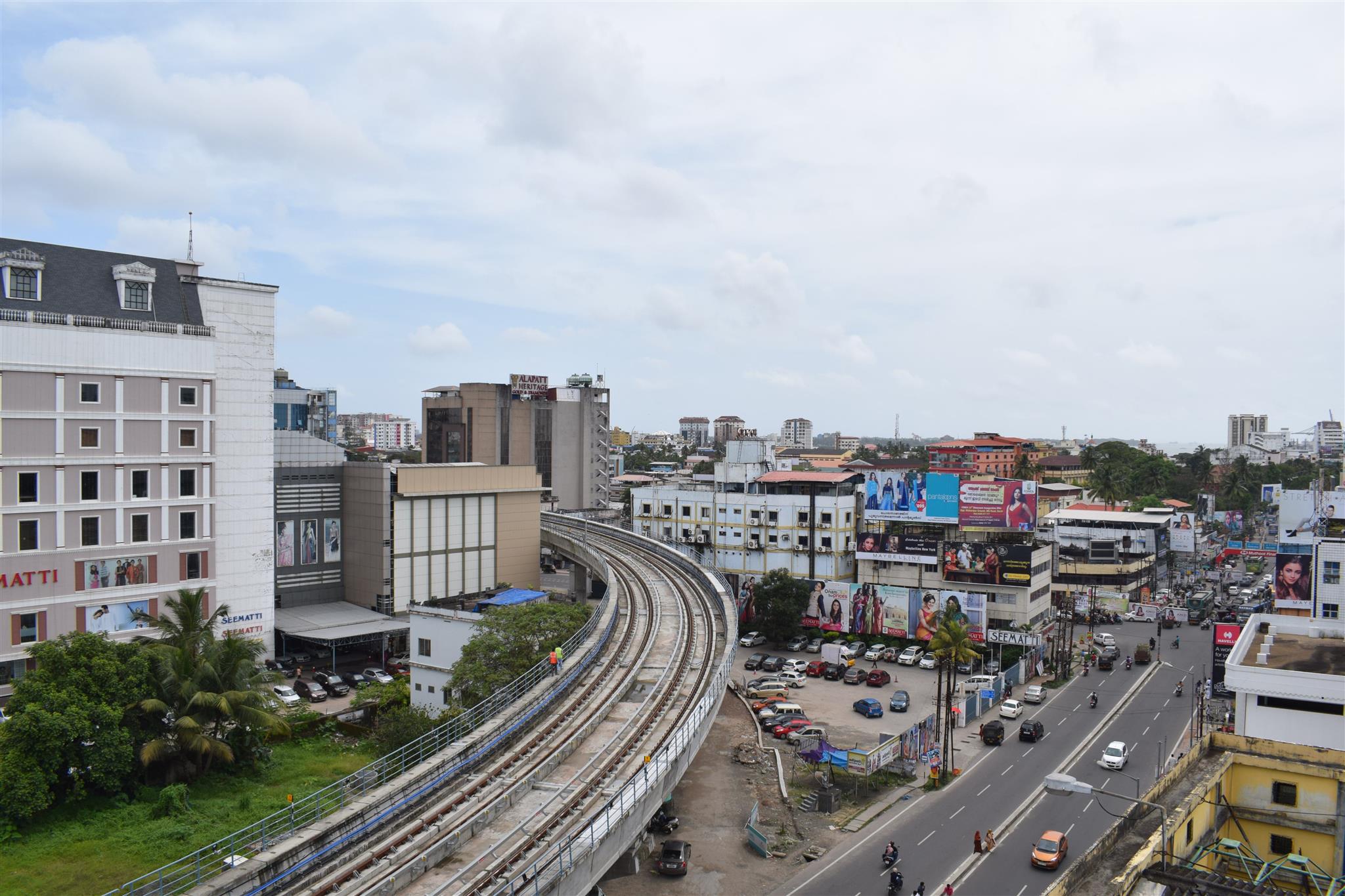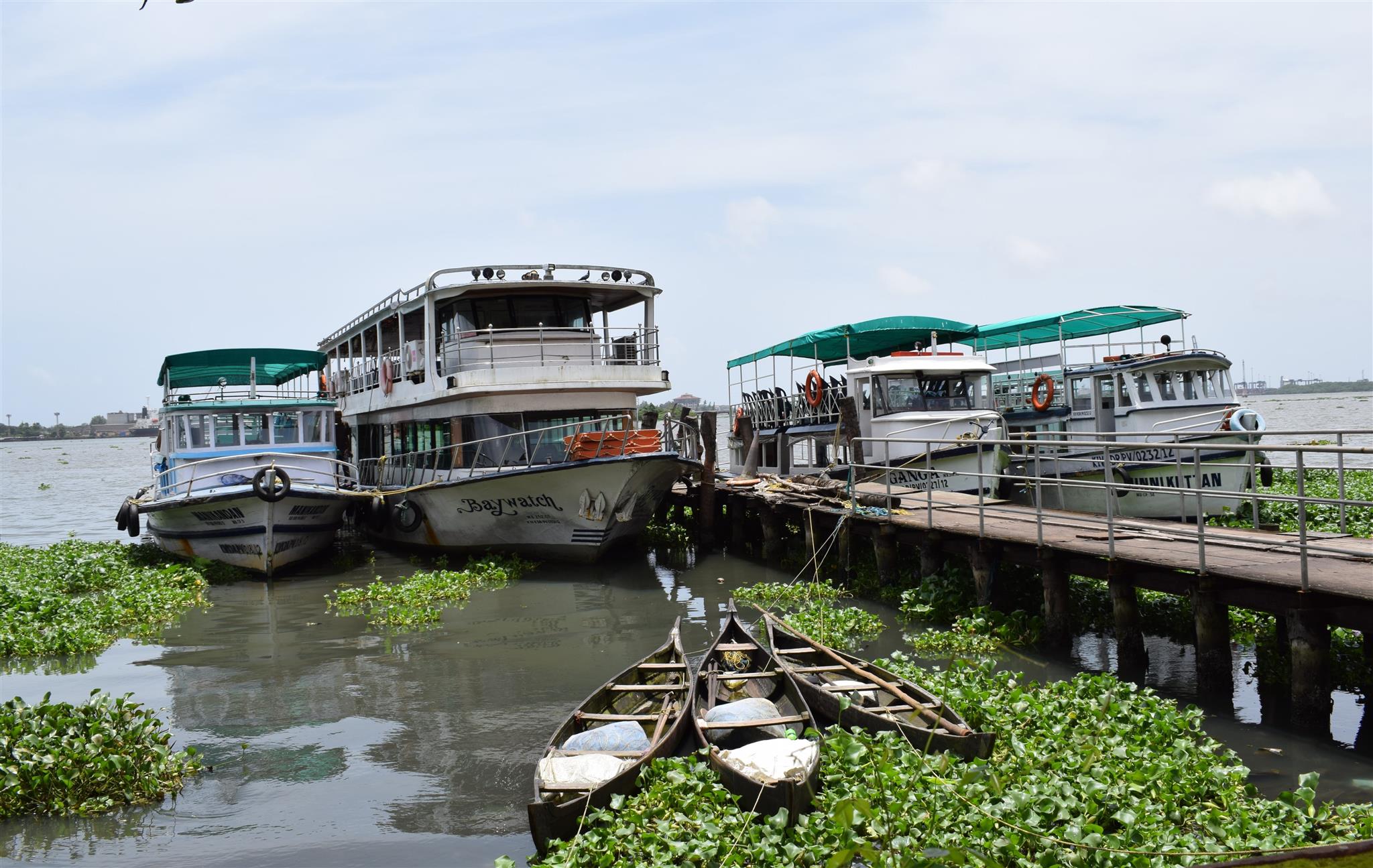Using resilience concepts in disaster response
Using resilience concepts in disaster response
Bedoshruti Sadhukhan looks at how responses to the coronavirus pandemic in Indian cities are helped or hindered by cities' underlying resilience - and what we can learn about bracing for future crises.
The COVID-19 pandemic has severely impacted normal life all over the world. While there are reports of rejuvenation of nature with minimal human interference ever since the lockdown has been initiated in different countries, there is also a major challenge of maintaining civic services while restricting human activities. The functioning of municipal governments all over the world has been impacted, and cities are struggling to deal with the novel challenges being faced in these unprecedented times.
Natural disasters are not new to most of the cities in South Asia, and most cities have some form of response planned for disasters when they strike. A number of local governments have taken up interesting and unique activities in response to COVID-19. Cities such as Tirupati in India, Rajshahi and Singra in Bangladesh have taken to distribution of groceries and food supplies to their residents.
Many cities have set up institutional quarantine centres (Nashik, Kochi in India) or command and control centres (like Surat, Kochi, Jabalpur in India), and are conducting health surveys (Tumakura in India), distributing masks and sanitisers (like Raipur, Warangal, Agra) as well as carrying out awareness generation (Pimpri, Guwahati in India) on health.
It seems however, that local governments could have immensely benefited from having an approach towards decentralised but integrated planning to meet the challenge of the pandemic.  Above: Kochi, India (courtesy Alex Jose)
Above: Kochi, India (courtesy Alex Jose)
Essential services in times of disasters
Local governments in India are responsible for maintenance of a number of essential services in cities, including water supply, solid waste management, street lighting, sewerage management, maintenance of markets, among others. During disasters, sometimes local governments have to take up other activities as well, such as distribution of essential commodities or health surveys.
These services cannot be stopped since that would inconvenience the residents during the lockdown. However, to continue these services in an uninterrupted manner, local governments need staff. Unfortunately, Indian local governments are short-staffed even under normal circumstances.
In addition, many of the staff could not travel to their places of work because of the lockdown on public transport and shortage of staff was a major constraint for local governments in these trying times. This seriously affected service delivery. In addition, the local governments have had to take up additional responsibilities of ensuring smooth operation of food markets, conducting health surveys, and carrying out disinfection on a war footing (going into not just public roads but also internal roads of different residential complexes). Naturally this has seriously affected their core responsibilities of service provision.
Certainly, the local officials deserve recognition for their tireless efforts, but the condition also brings out a lacuna in the preparedness of local governments to deal with such unprecedented disasters. And this is where resilience planning could come into the picture.
Resilience planning in cities
Resilient urban systems are those that have redundance built into them – having multiple pathways of functioning, are flexible – operative under different circumstances and are designed for ‘safe failure’ with minimal impacts on service delivery. Building resilience in urban systems, particularly in old cities, is a continuous process. It needs perseverance and constant attention, but most of all, it needs participation from different departments of the local governments.
Building the capacity of local governments to plan their service delivery in flexible ways that have some levels of redundancy built into them, could help them in times of crisis when they are unable to operate centralised integrated systems. This does not necessarily mean completely doing away with centralised systems, indeed, centralised systems are essential in certain cases. But having back-up decentralised systems could help reduce the load on centralised systems as well as ensure that lower number of staff does not translate into poorer service delivery.  Above: Kochi, India (courtesy Alex Jose)
Above: Kochi, India (courtesy Alex Jose)
Safety nets for the poorest
As always, one of the strongest hit in times of disasters, have been the poor and marginalised, the informal workers, the landless labourers. Considering how deeply dependent cities are on migrant and informal labour, local governments need to be prepared to grow along with these communities and ensure their security and well-being – both physical and mental – to avoid catastrophic impacts on them in case of disaster – be it a climate-induced natural disaster or a pandemic.
Cities need to provide basic urban services to all residents, the poor included, and planning resilient service delivery systems could be an important way of providing social security to the poor. This includes access to safe housing, access to food through the public distribution system, clean water and sanitation facilities as the bare minimum, but also a healthcare system that is reliable.
Although primary health care is a responsibility of the local governments, this department in most cities is poorly developed. However most disasters, the recent pandemic included, have shown the need for first-level response for health care facilities. It is important for municipal governments to strengthen their health departments, particularly to respond to disaster events, be it a pandemic or a climate disaster. This again is particularly important for the poor in cities who may not be able to afford expensive private treatment facilities.
Kerala, one of the southern states of India, which reported the first COVID-19 case in India, has shown an exemplary response through its decentralised health care system that helped to keep numbers down and the state is currently relaxing some of the more stringent restrictions of lockdown already.
Building capacity of local governments for inclusive, resilient development
Many local governments however, do not have the technical capacity to develop such integrated plans for their cities. This gap needs to be filled if we want to equip our cities to be able to respond smoothly to disasters with minimal impacts on service provision.
CDKN Asia is developing training modules for local governments to empower them to prepare resilience plans for their cities in a collaborative and integrated manner. These modules will be used for national level trainings in India, Bangladesh and Nepal focusing on local government officials to encourage not only climate resilience in cities, but also strengthen overall urban resilience.  Image (above), Kochi boats, India (courtesy Alex Jose)
Image (above), Kochi boats, India (courtesy Alex Jose)
